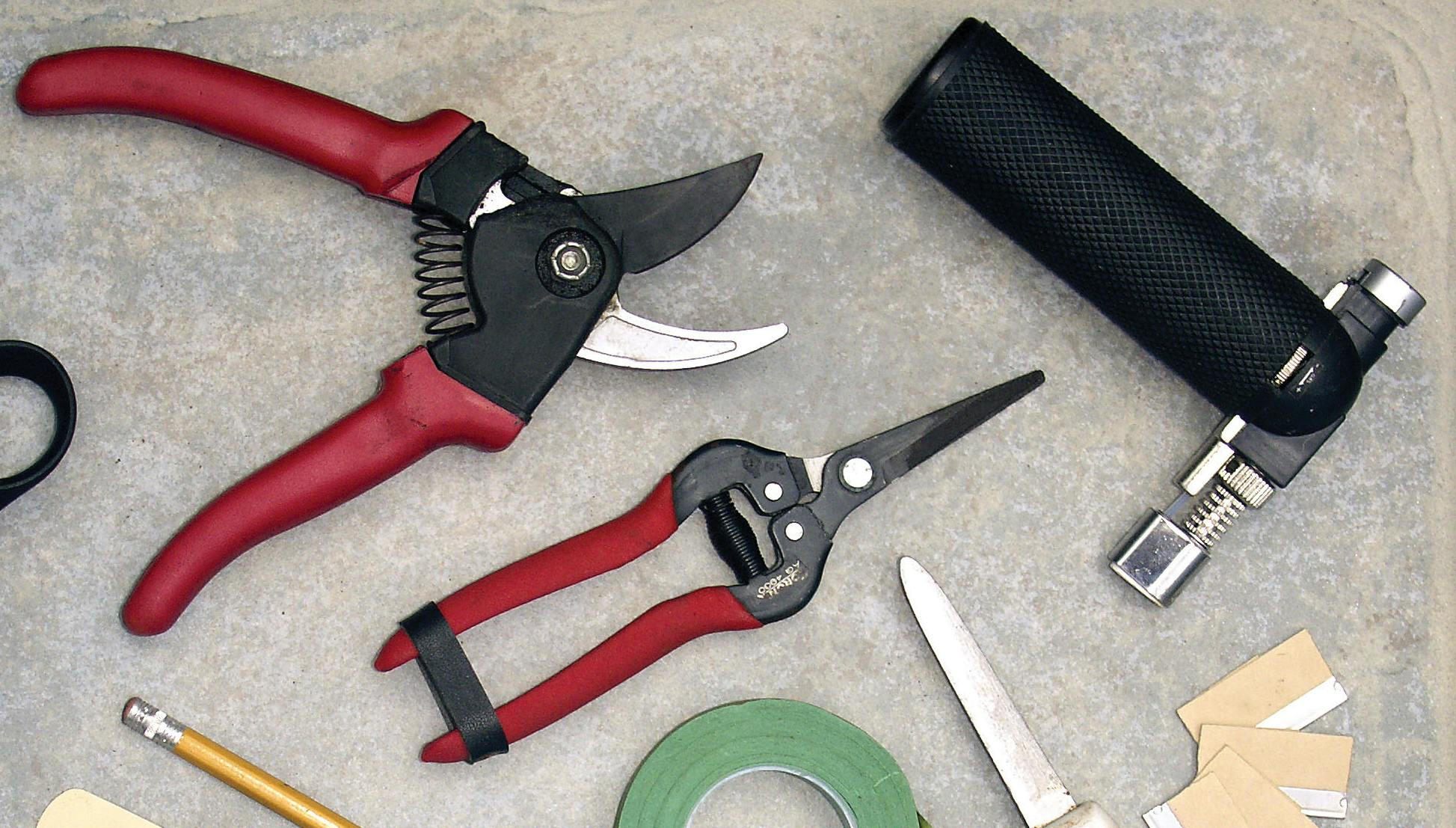
Cutting Tools


Gallery
Prevention
The use of disposable gloves when cutting diseased tissue or repotting will do a long way toward minimizing the spread of disease by handling. Many growers repot plants on a stack of newsprint, replacing the top layer (or more if contaminated by plant liquids) between each plant. This practice avoids repotting on contaminated surfaces.

FREE ACCESS: Orchid DealWire
Get notified when orchid vendors have special promotions and exclusive savings.








